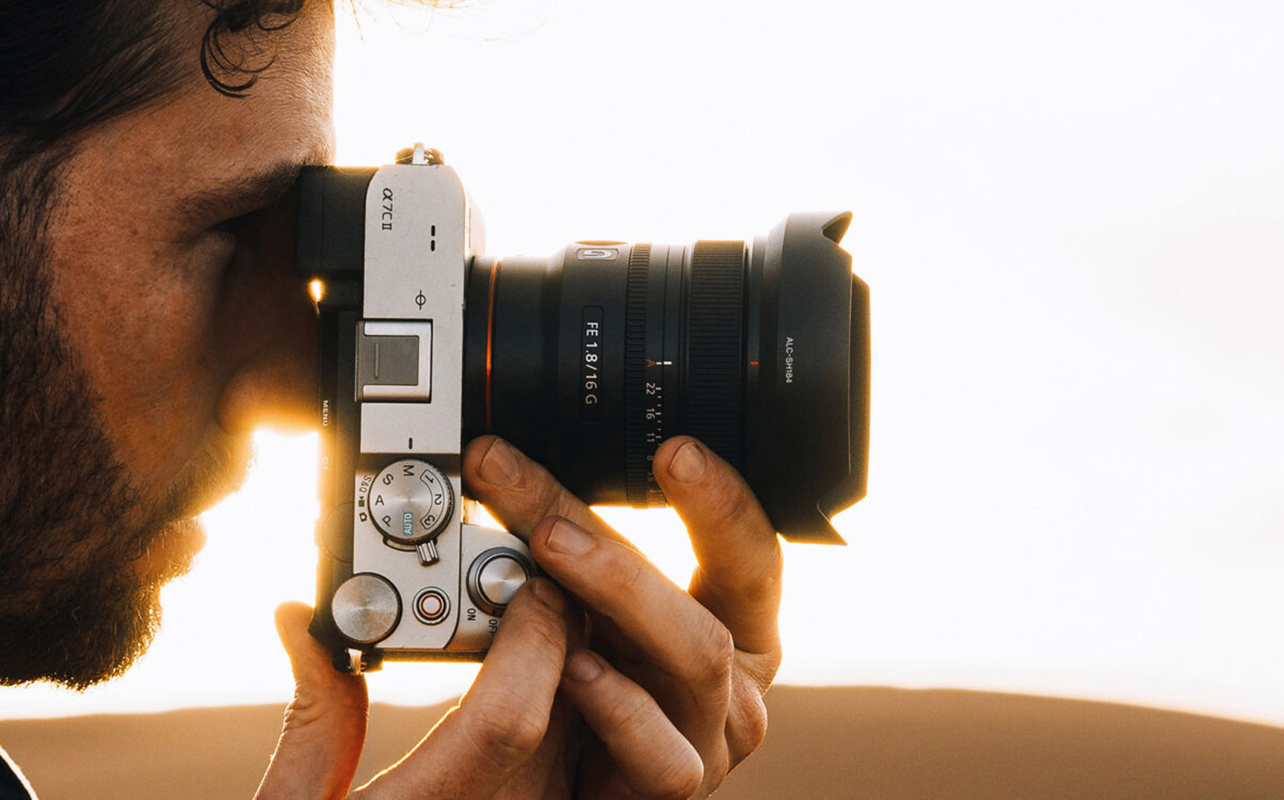
It’s always good to know your camera lens options whether you’re just getting started with photography or looking to level up your skills. Of all your options, the wide-angle lens will be one of the most versatile and creative tools you can add to your kit for their ability to capture sweeping landscapes, dramatic architecture, and tight interior spaces.
In this guide, we’ll break down what a wide-angle lens is, how it works, the different types available, their advantages and drawbacks, and how to use one effectively. It could be to capture everyday moments or plan your next big photo project. Either way, this article will help you determine if a wide-angle lens is right for your photography style.
What is a wide-angle lens?
Before diving into usage and applications, it’s essential to understand the basics of what makes a lens “wide-angle.”
A wide-angle lens typically refers to any lens with a focal length of 35mm or less on a full-frame camera. For crop sensor (APS-C) cameras, this translates to lenses with a focal length of around 24mm or less.
These lenses provide a broader field of view than standard or telephoto lenses, allowing you to fit more of a scene into the frame without stepping back. This makes them ideal for landscapes, group shots, and confined spaces. In terms of perspective, wide-angle lenses exaggerate the distance between foreground and background objects, adding a sense of depth and drama.
Compared to standard lenses (around 50mm) or telephoto lenses (85mm and above), wide-angle lenses offer a more immersive and dynamic visual experience—perfect for storytelling through photography.
Looking for more comparisons? Check out our guide on Wide-angle vs. telephoto lens: Which one is right for you?
Types of wide-angle lenses
Not all wide-angle lenses are created equal. Depending on your needs, you might opt for a standard wide-angle, ultra-wide, or even a fisheye lens.
Standard wide-angle lenses (24mm–35mm)
These are your go-to lenses for general wide-angle photography. With moderate distortion and a natural field of view, they are suitable for:
- Street photography
- Environmental portraits
- Architecture
- Casual landscapes
They strike a good balance between width and usability, making them ideal for photographers who want versatility. While not considered “true” wide-angle lenses in the traditional sense, varifocal lenses often start in this range, like 24-70mm or even 35-105mm.
Ultra-wide-angle lenses (16mm–24mm)
For more dramatic shots, ultra-wide lenses take things a step further. These lenses are often used in:
- Interior photography (especially tight spaces)
- Architectural shoots
- Dramatic landscapes
They offer an even wider field of view but can introduce noticeable distortion, especially at the edges. With practice, though, they’re excellent tools for creating stunning visuals. These lenses rarely offer a broader varifocal range, though 16-35mm is among the most common.
Fisheye lenses (8mm–15mm)
Fisheye lenses fall under the ultra-wide category but with a creative twist. They produce a circular or hemispherical image, curving lines that would normally be straight. Photographers use fisheye lenses for:
- Experimental and artistic photography
- Extreme sports
- Creative compositions with exaggerated perspective
While they’re not everyday-use lenses, they’re a fun addition for photographers looking to think outside the box.
How wide-angle lenses work
The mechanics behind wide-angle lenses can help you use them more effectively. They use specially designed optical elements that bend light more dramatically than standard lenses. This design allows them to capture a wider field of view while maintaining focus across most of the scene. One key feature is the extended depth of field, meaning both foreground and background objects are usually in sharp focus.
The catch is an optical design like that can introduce distortion, where straight lines appear to curve—especially when shooting close to your subject or with ultra-wide and fisheye lenses. It may also be evident along the edges of the frame. Some photographers use this effect creatively, while others learn how to minimize it through composition techniques. One way to do it is to shoot a little wider and then crop in slightly when editing later to maintain the consistency you’re looking for in the image.
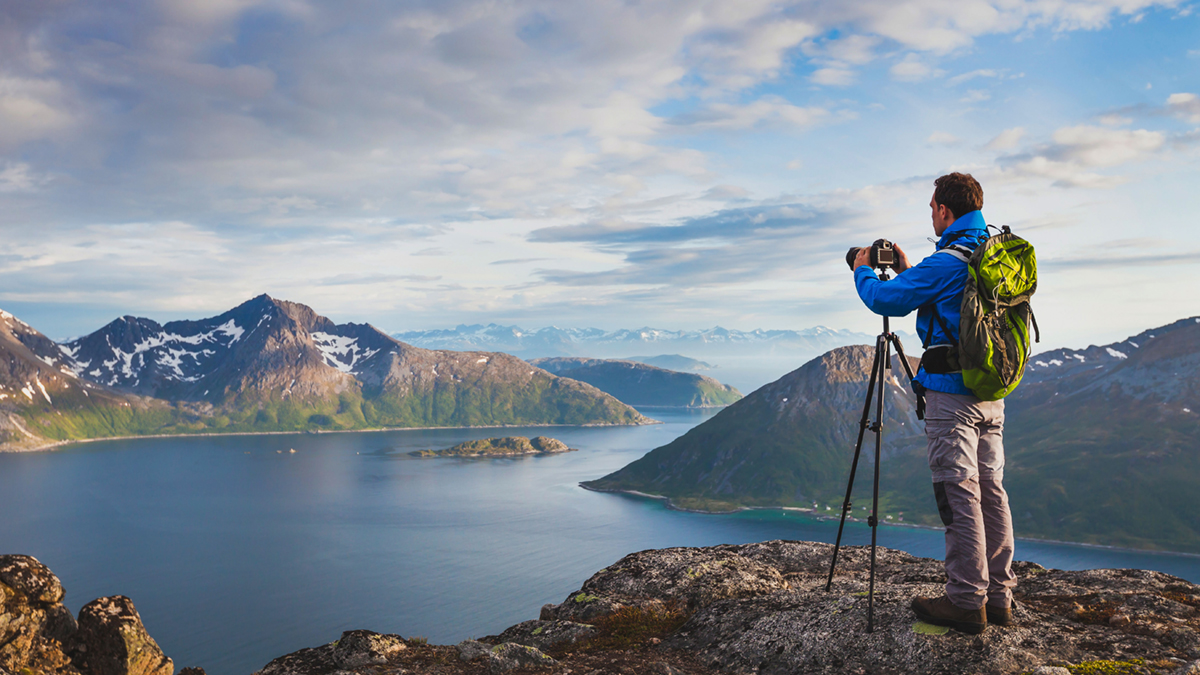
Advantages of wide-angle lenses
Adding a wide-angle lens to your gear unlocks a range of creative and practical benefits.
- Capture expansive scenes: Perfect for landscapes, cityscapes, and events where you want to showcase the full setting.
- Enhance depth and scale: Wide-angle lenses emphasize distance between objects, giving a dynamic, three-dimensional feel.
- Shoot in tight spaces: Essential for interior and real estate photography, where backing up isn’t always an option.
- Creative compositions: The exaggerated perspective allows you to play with lines, layers, and scale in imaginative ways.
Want to learn more about lens types? Read our complete guide to different types of lenses in photography.
Common drawbacks of wide-angle lenses
Despite their benefits, wide-angle lenses come with some learning curves and limitations.
- Distortion: Images can show curved edges and exaggerated perspective in some situations.
- Vignetting: Some wide-angle lenses produce dark corners, especially when shooting at wider apertures.
- Subject isolation: Because of the broad depth of field, it’s harder to blur the background and isolate your subject.
- Composition challenges: With more in the frame, it’s easy to end up with cluttered or unbalanced images.
Time, experimentation, and repetition are the best ways to creatively embrace and overcome most of these challenges.
When to use a wide-angle lens
Wide-angle lenses shine in several photography genres, and they are an ideal way to practice and improve your results.
Landscape photography
Use a wide-angle lens to highlight the grandeur of natural scenes, from mountain ranges to coastal vistas. They help you incorporate foreground interest, leading lines, and dramatic skies.
Architecture and interiors
Wide angles are perfect for fitting entire buildings or room interiors into your frame. They help showcase scale and design elements, making them essential for real estate and architectural work.
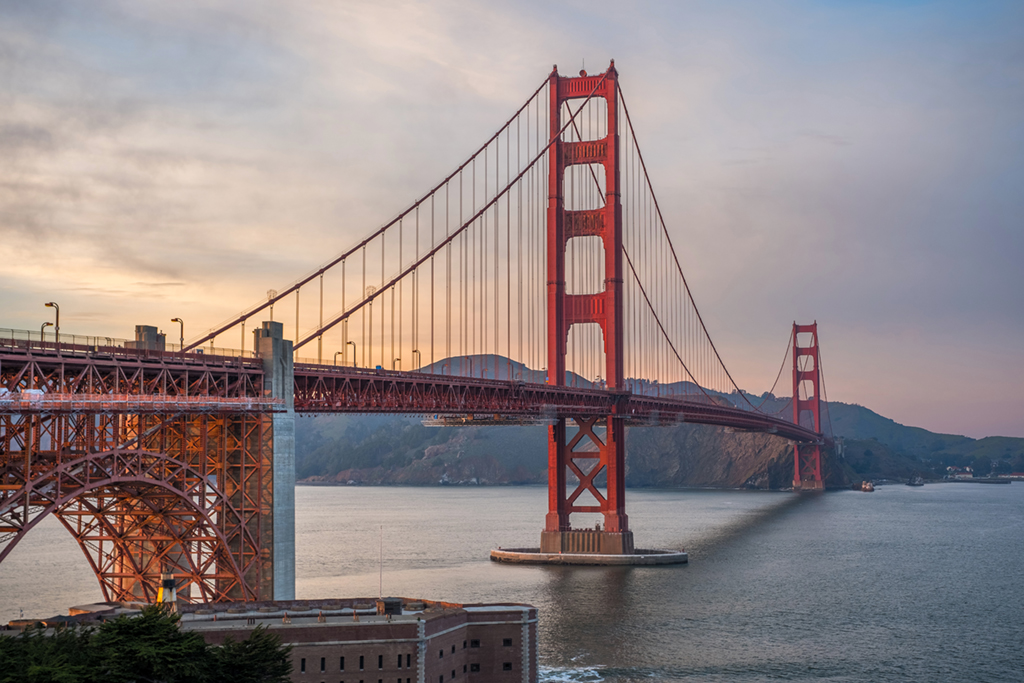
Street and environmental portraiture
Capture subjects in context by including their surroundings. This adds storytelling depth and visual interest to portraits.
Events and group photography
When photographing large groups or busy scenes, a wide-angle lens ensures you don’t cut out important people or background details.
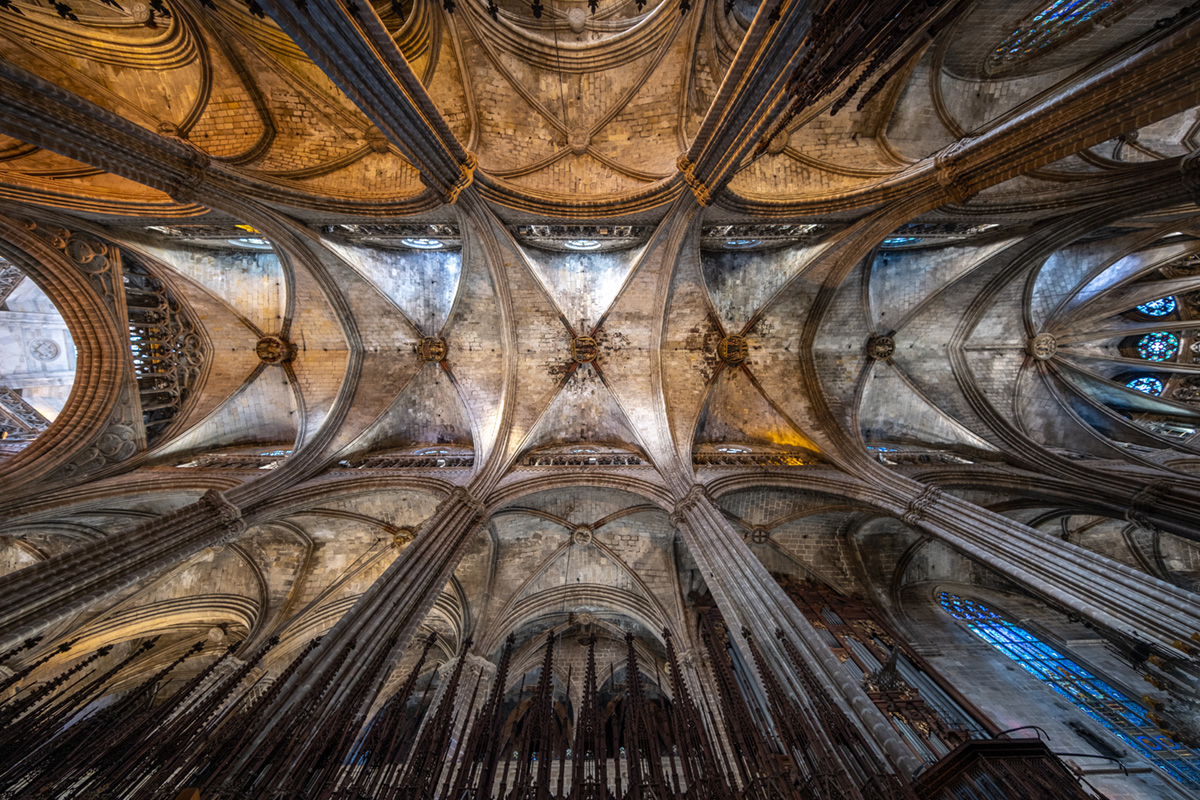
Tips for shooting with a wide-angle lens
Wide-angle photography is fun and rewarding—but it takes practice. Here are some tips to get the most out of your lens:
- Get close to your subject: Wide lenses exaggerate foreground elements, adding depth and interest.
- Use leading lines: Roads, fences, hallways, and architectural features can guide the viewer’s eye through your image.
- Watch the edges: Important subjects near the corners may appear distorted.
- Play with perspective: Try low or high angles to add drama or capture a unique viewpoint.
- Mind your composition: With so much in the frame, it’s crucial to keep your image balanced and clutter-free.
Choosing the right wide-angle lens
Not sure which lens to get? Consider the following before buying:
- Focal length: Do you need a moderate or ultra-wide field of view?
- Aperture: Wider apertures are better for low-light and creative depth-of-field effects.
- Prime vs. zoom: Prime lenses offer better optical quality, while zooms give you versatility.
- Camera compatibility: Check if the lens is designed for your camera’s sensor size (full-frame vs. APS-C) and mount.
- Budget and brand: There are great options across all major brands—Canon, Nikon, Sony, Sigma, Tamron, and more.
Final thoughts: Is a wide-angle lens right for your photography style?
If you love seeing the big picture—literally and figuratively—a wide-angle lens could be the creative companion your camera kit needs. Their ability to capture depth, drama, and entire environments are indispensable for landscape, travel, architectural, and street photography.
There is a bit of a learning curve, but the results are more than worth it. Keep exploring, experimenting, and growing your skills.
Ready to dive in? Find the perfect wide-angle lens for you at Best Buy Canada.
This article was drafted using AI technology and then reviewed, fact-checked, and revised by a member of our editorial team.



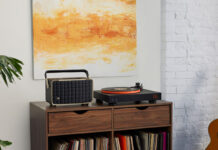


Fantastic explanation of wide-angle lenses — the way you break down field of view, distortion, and creative effects makes it easy even for newcomers.
At Photo Background Remove (PBR), we often retouch product shots taken with wide-angle lenses, so understanding lens behavior helps us correct distortions and preserve realism. Thanks for sharing!